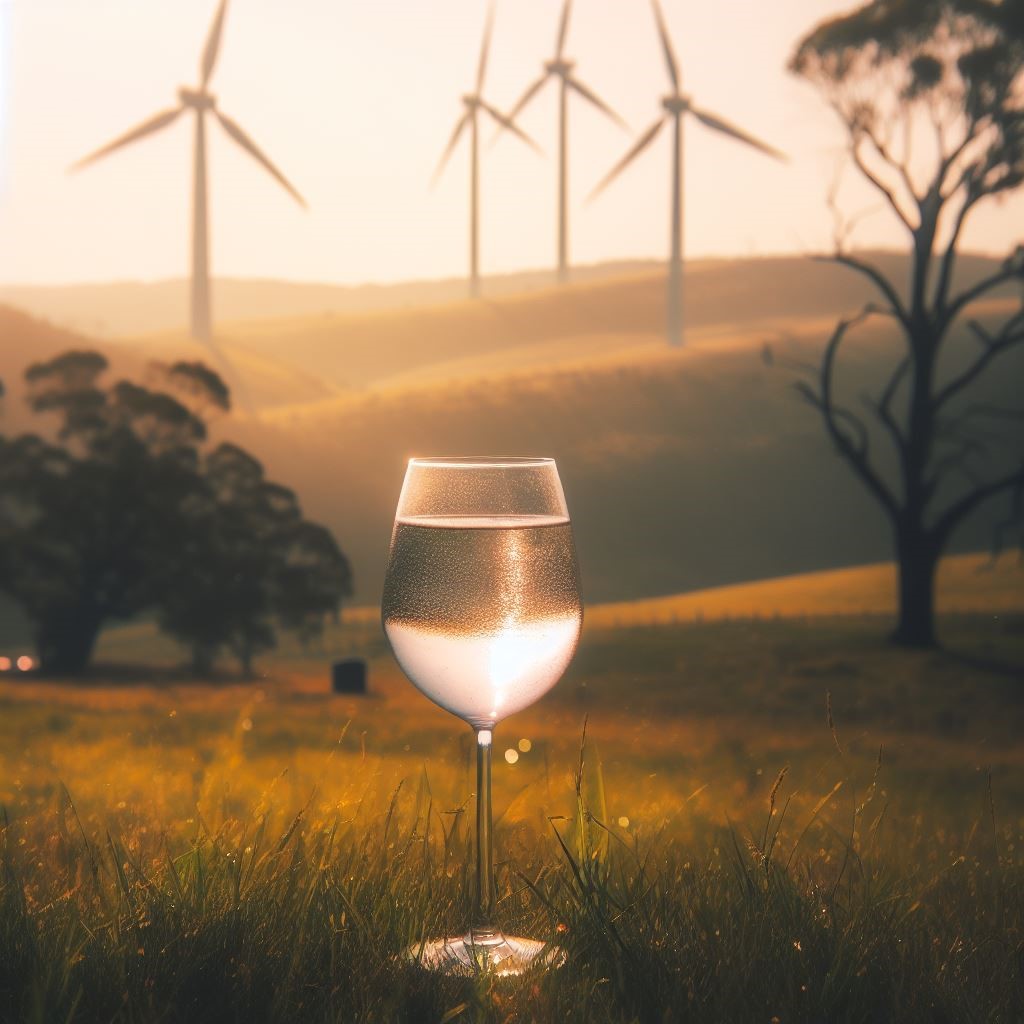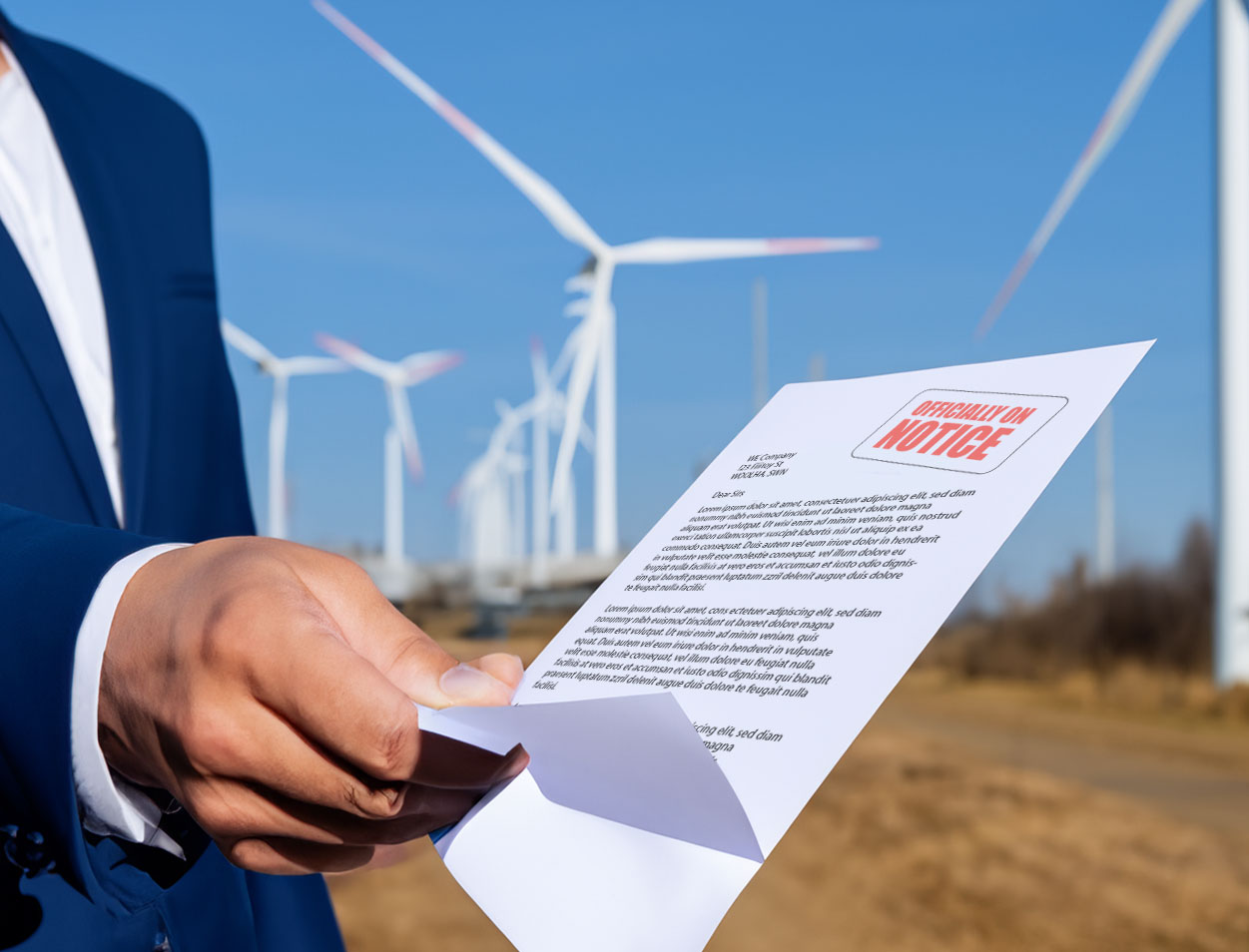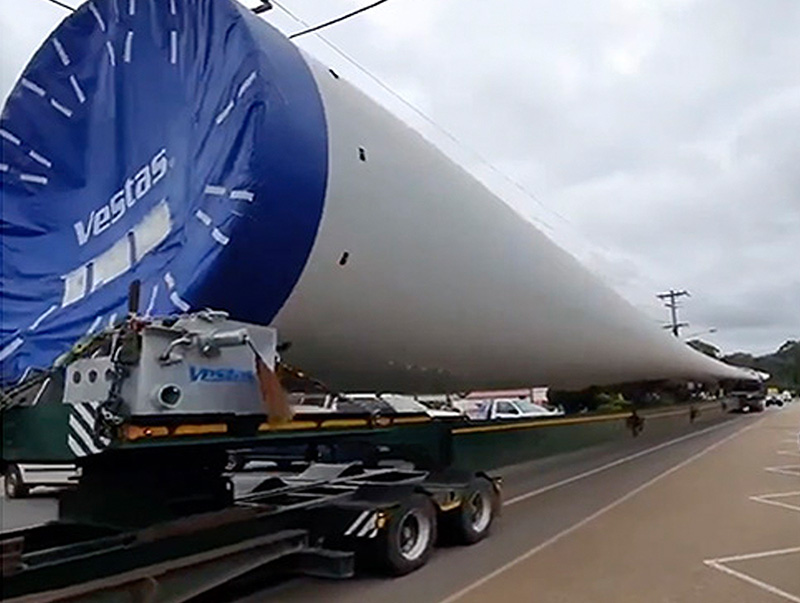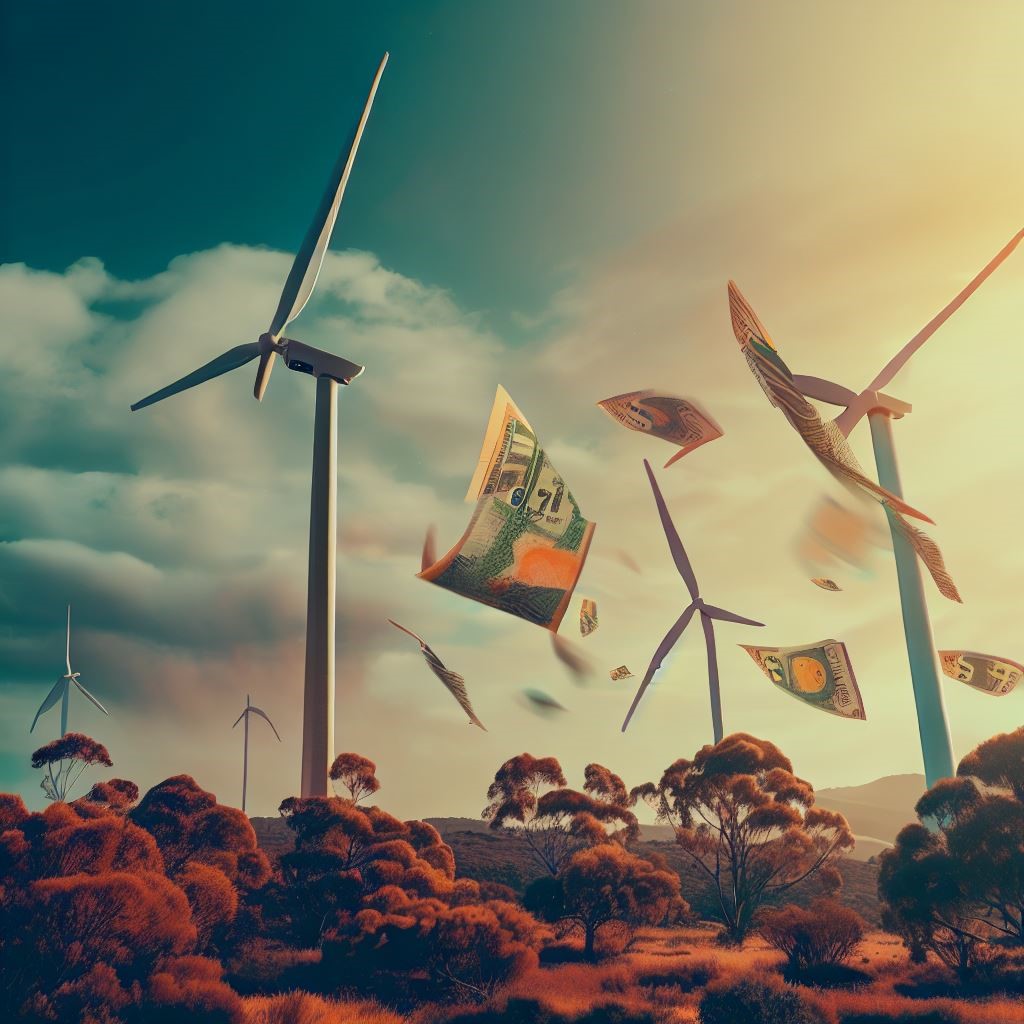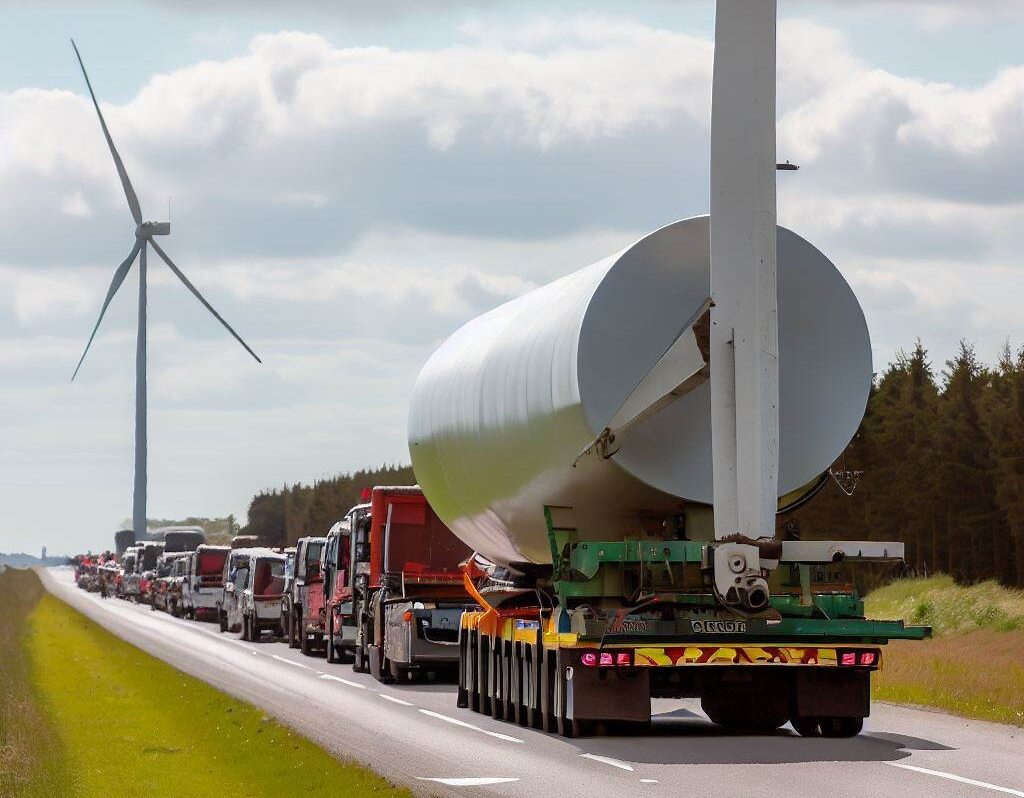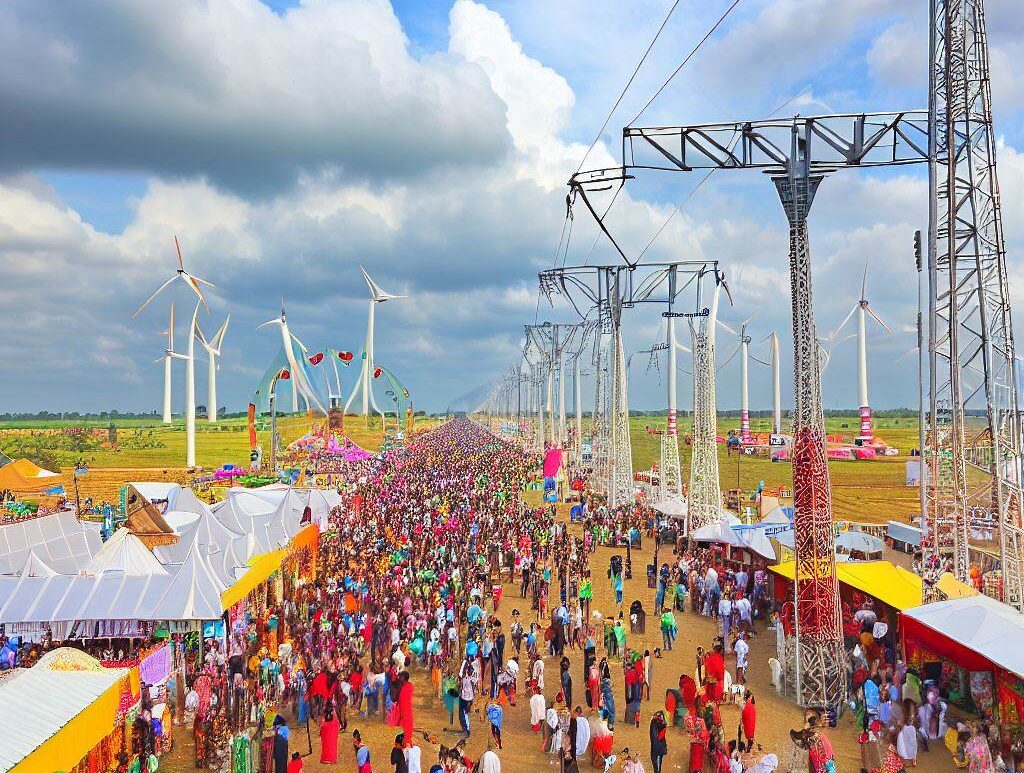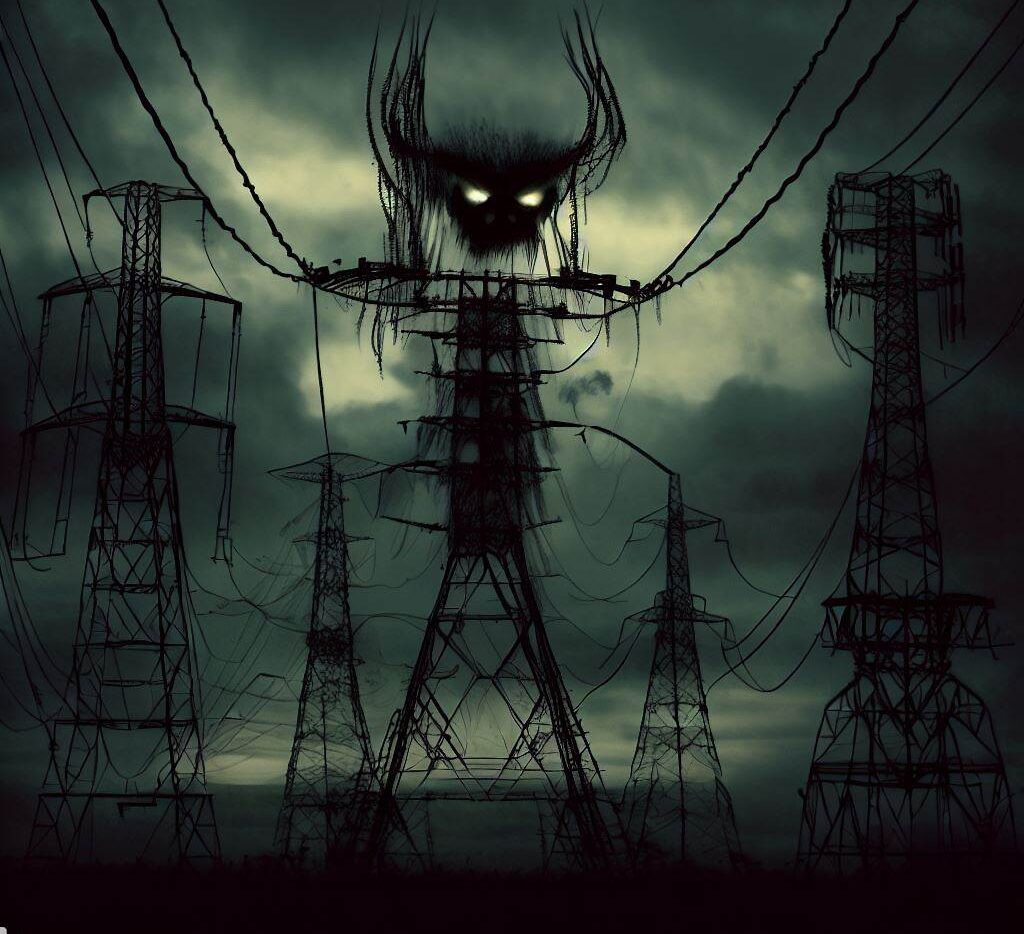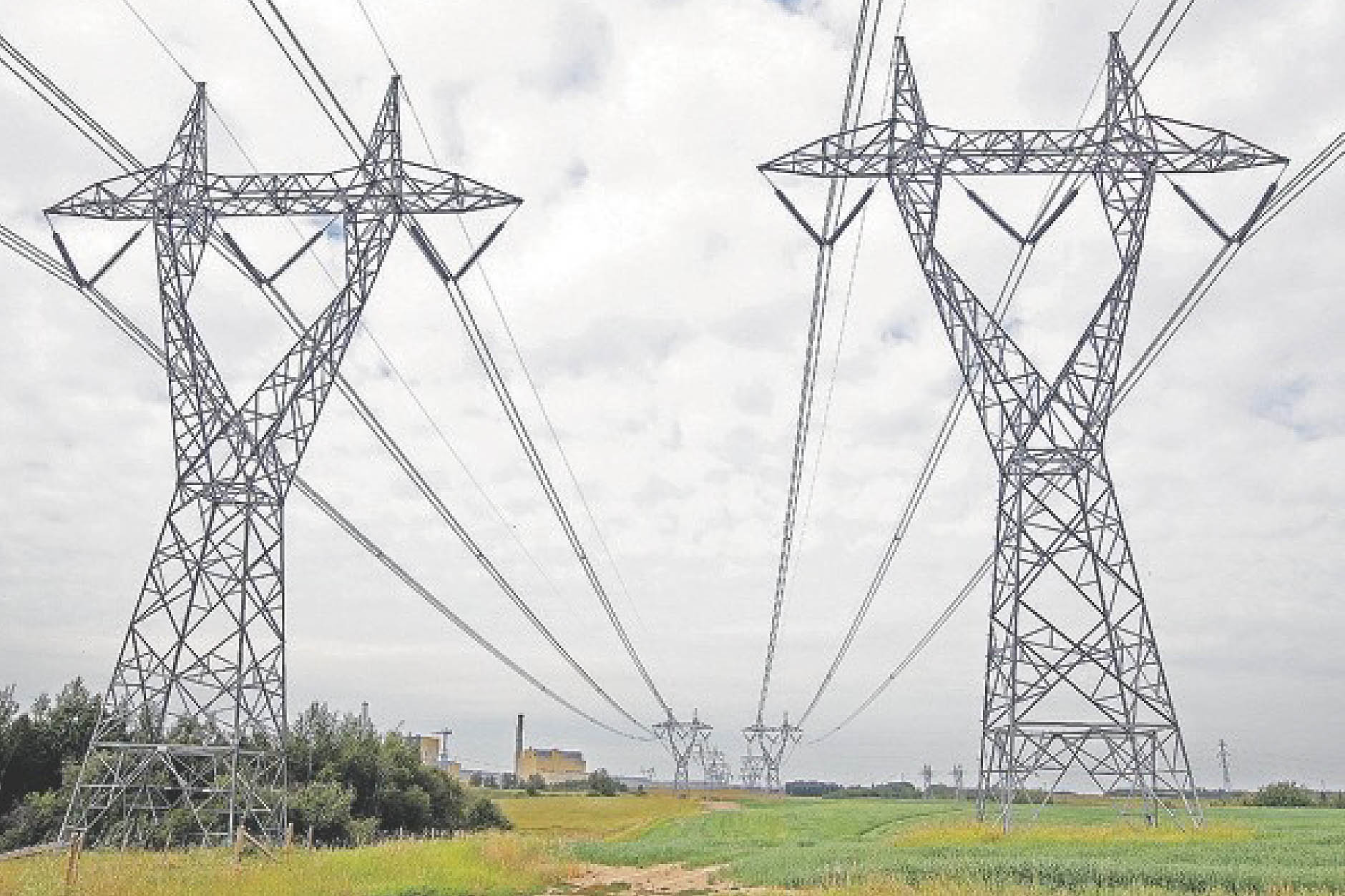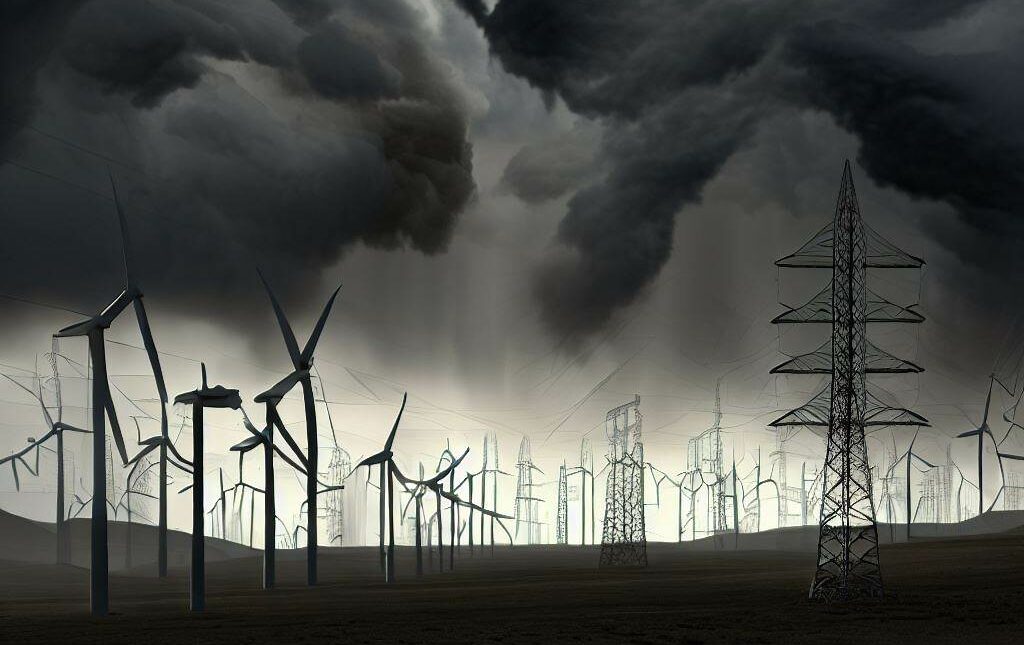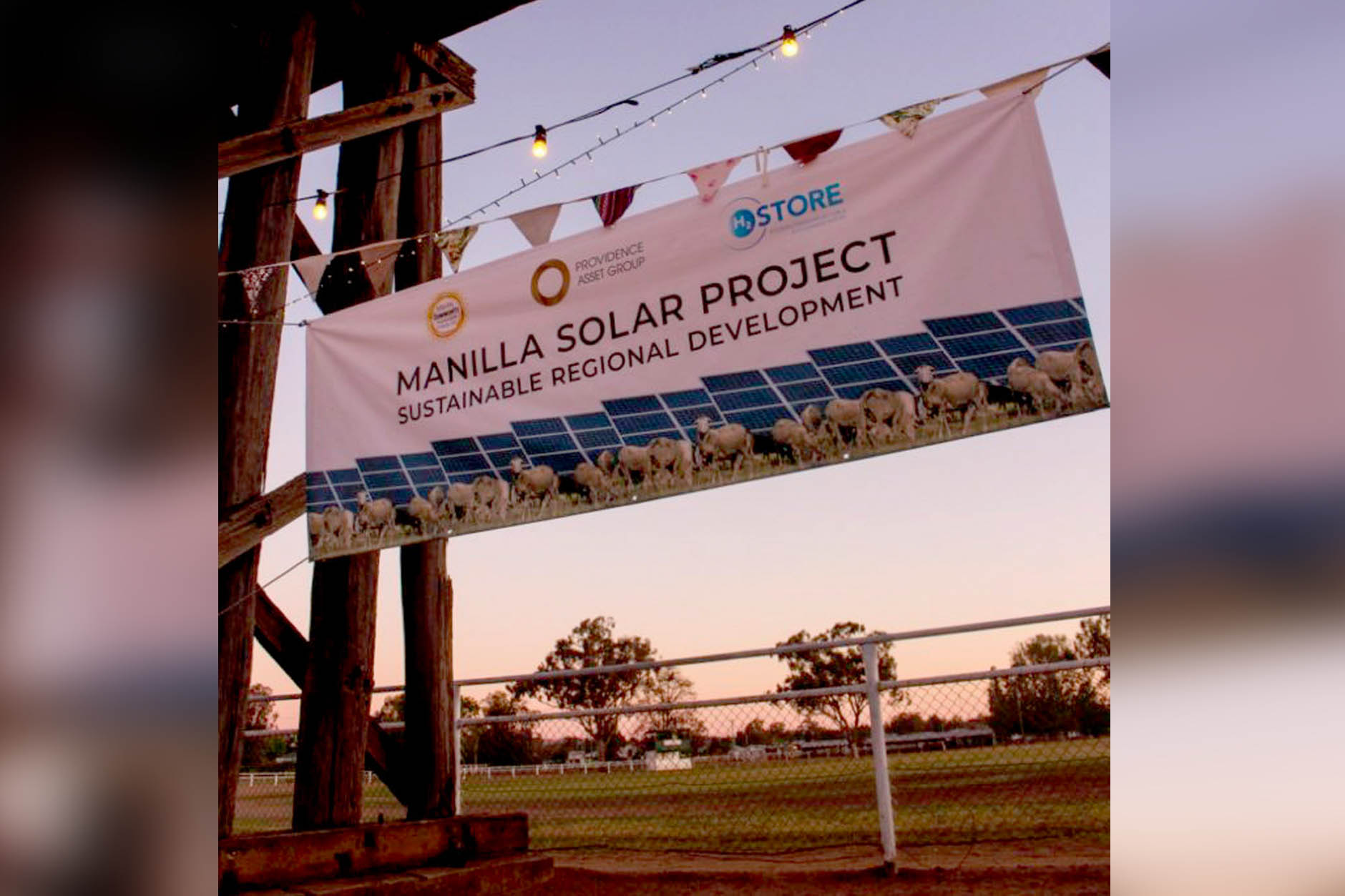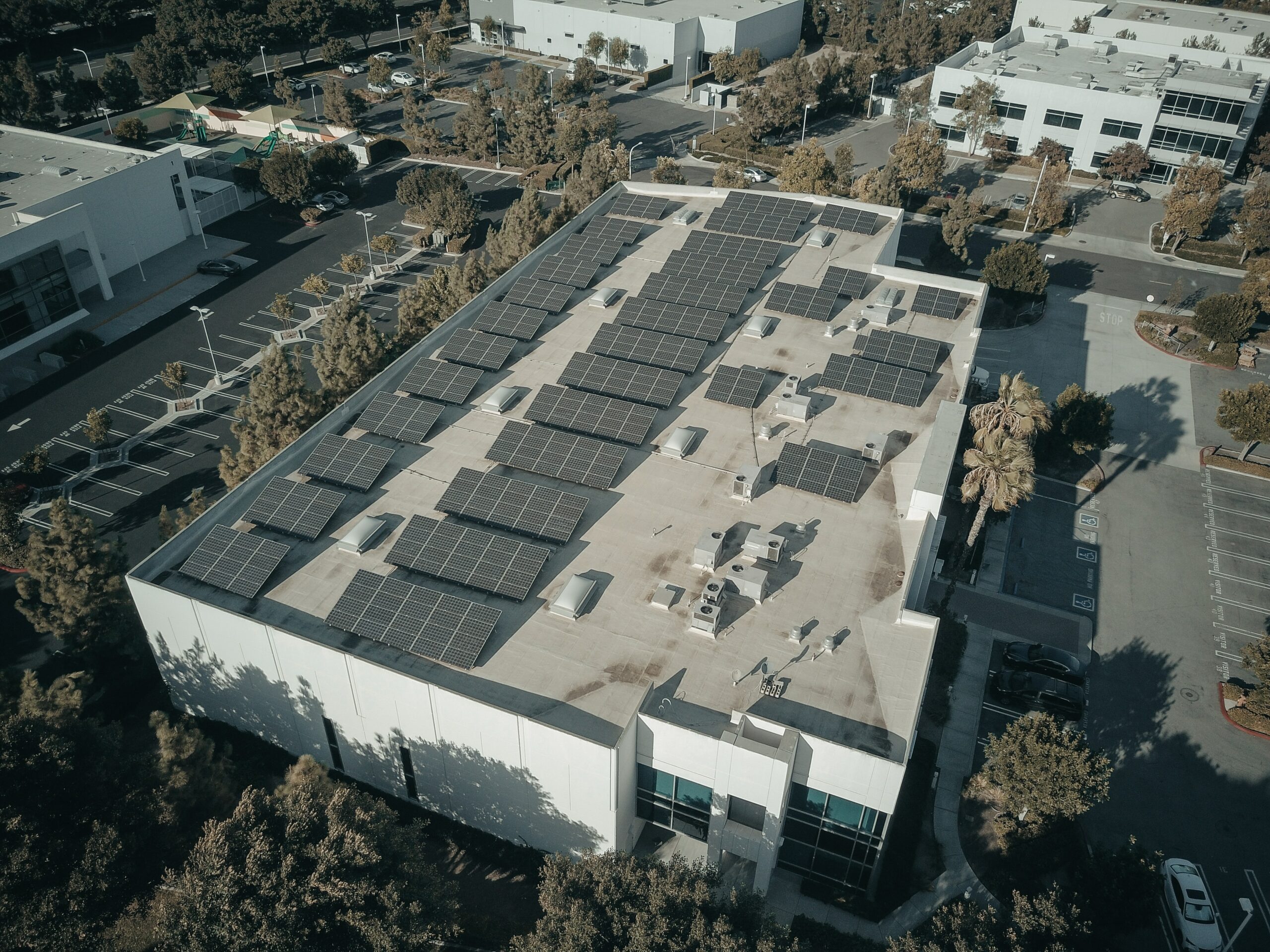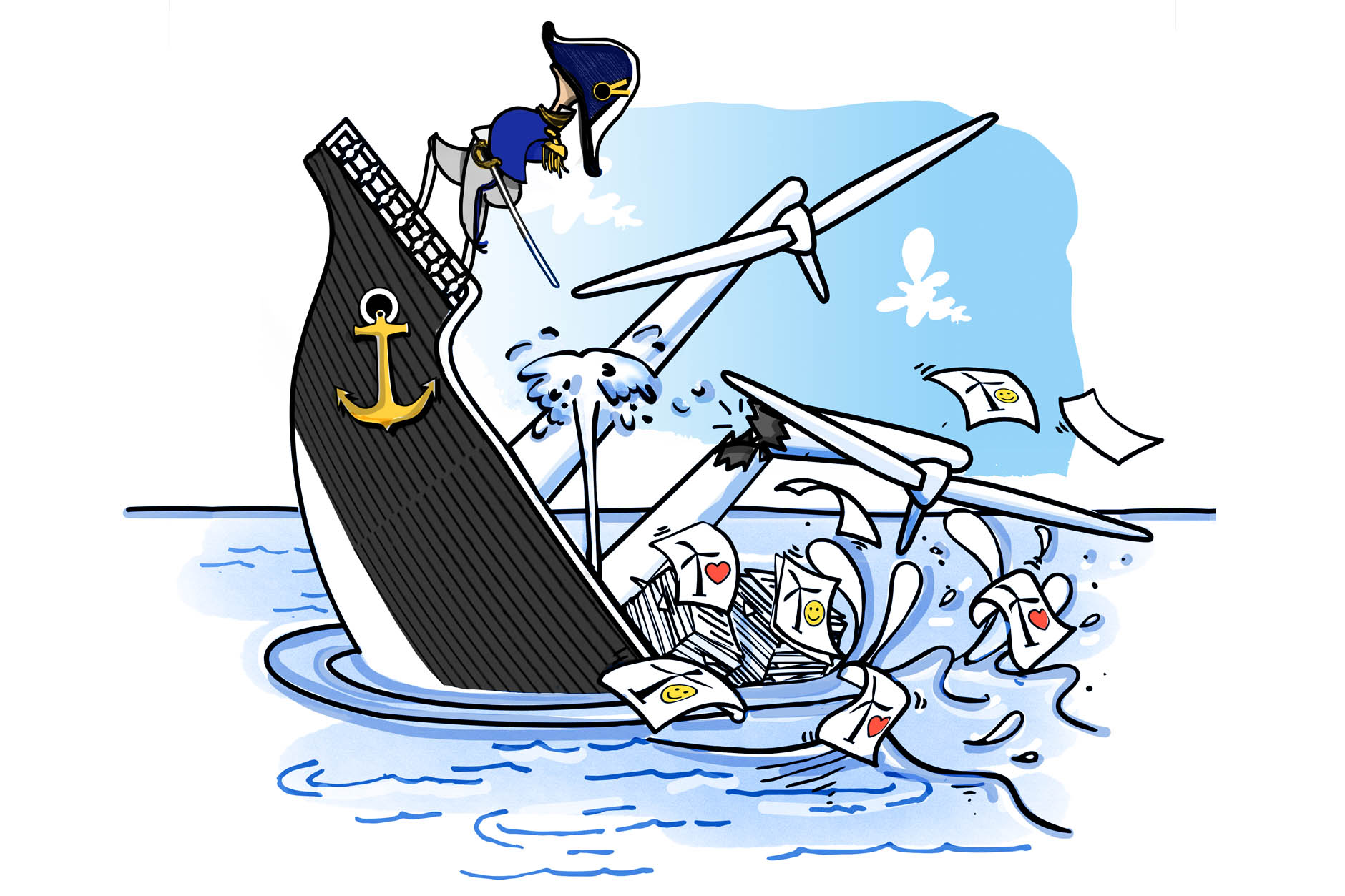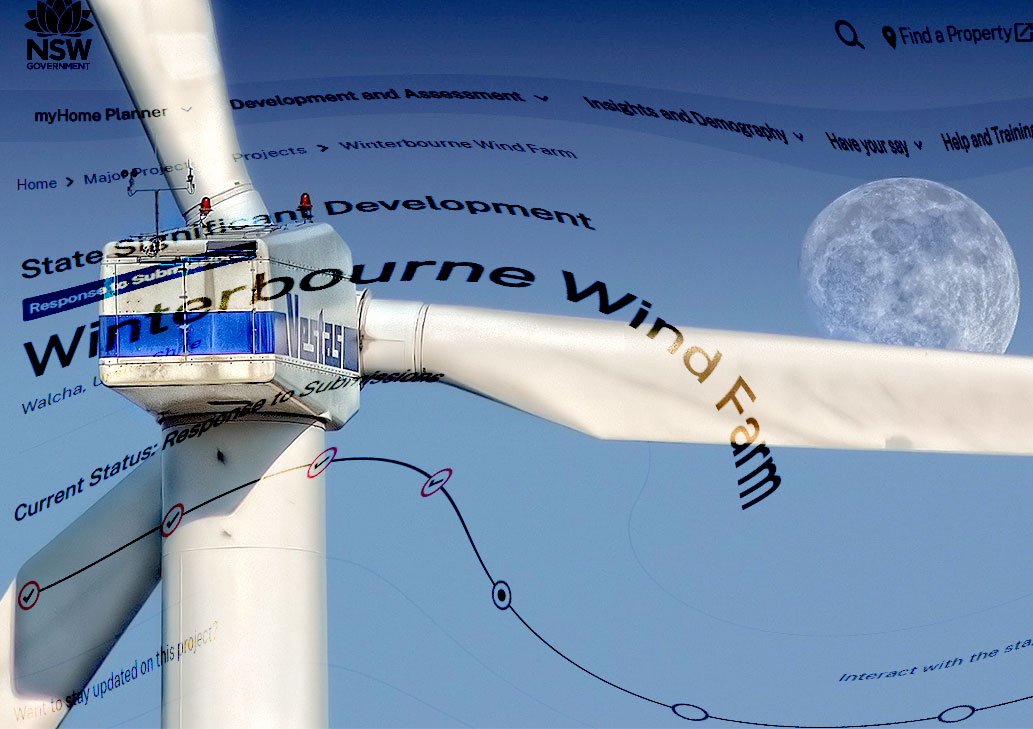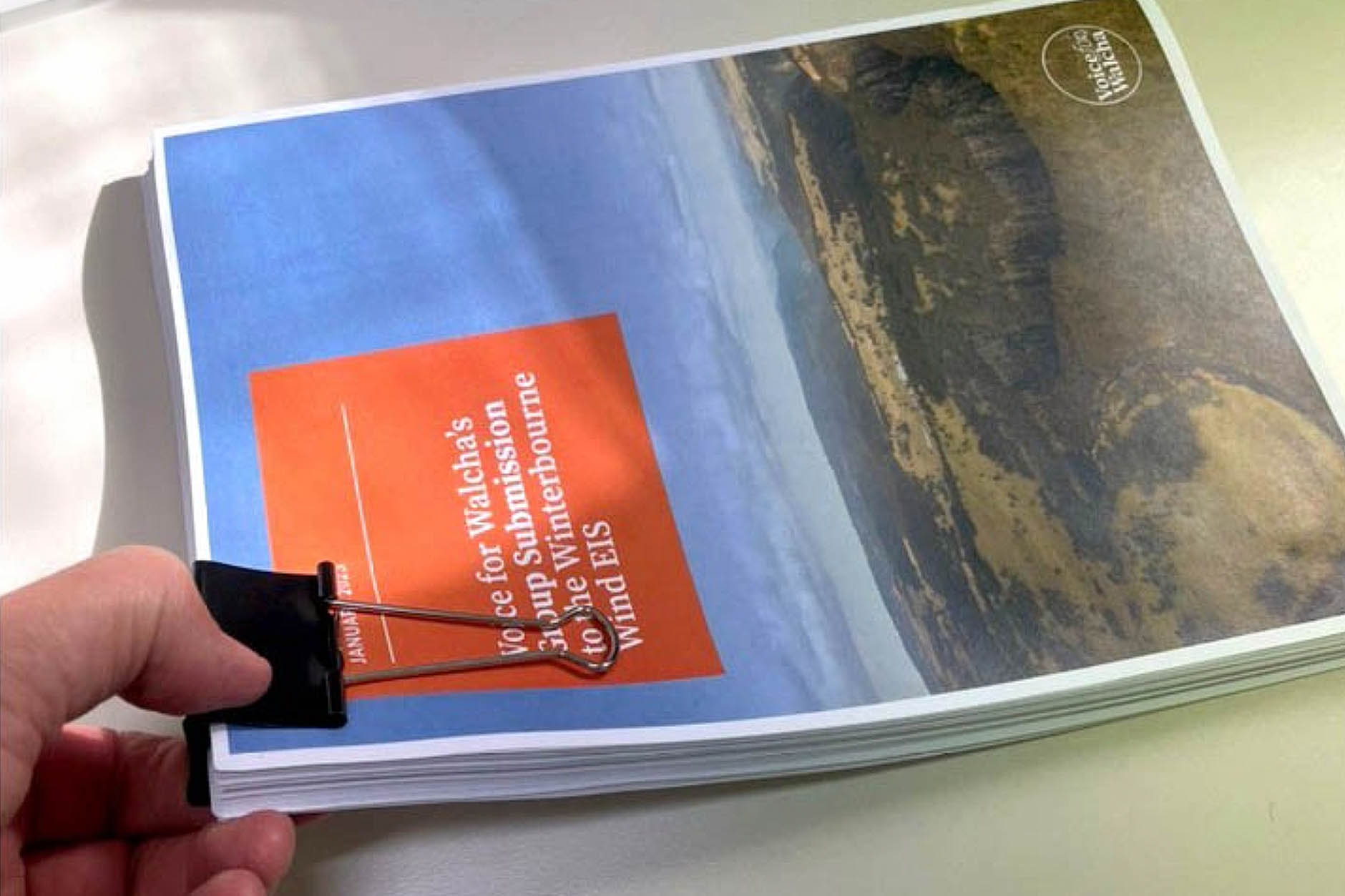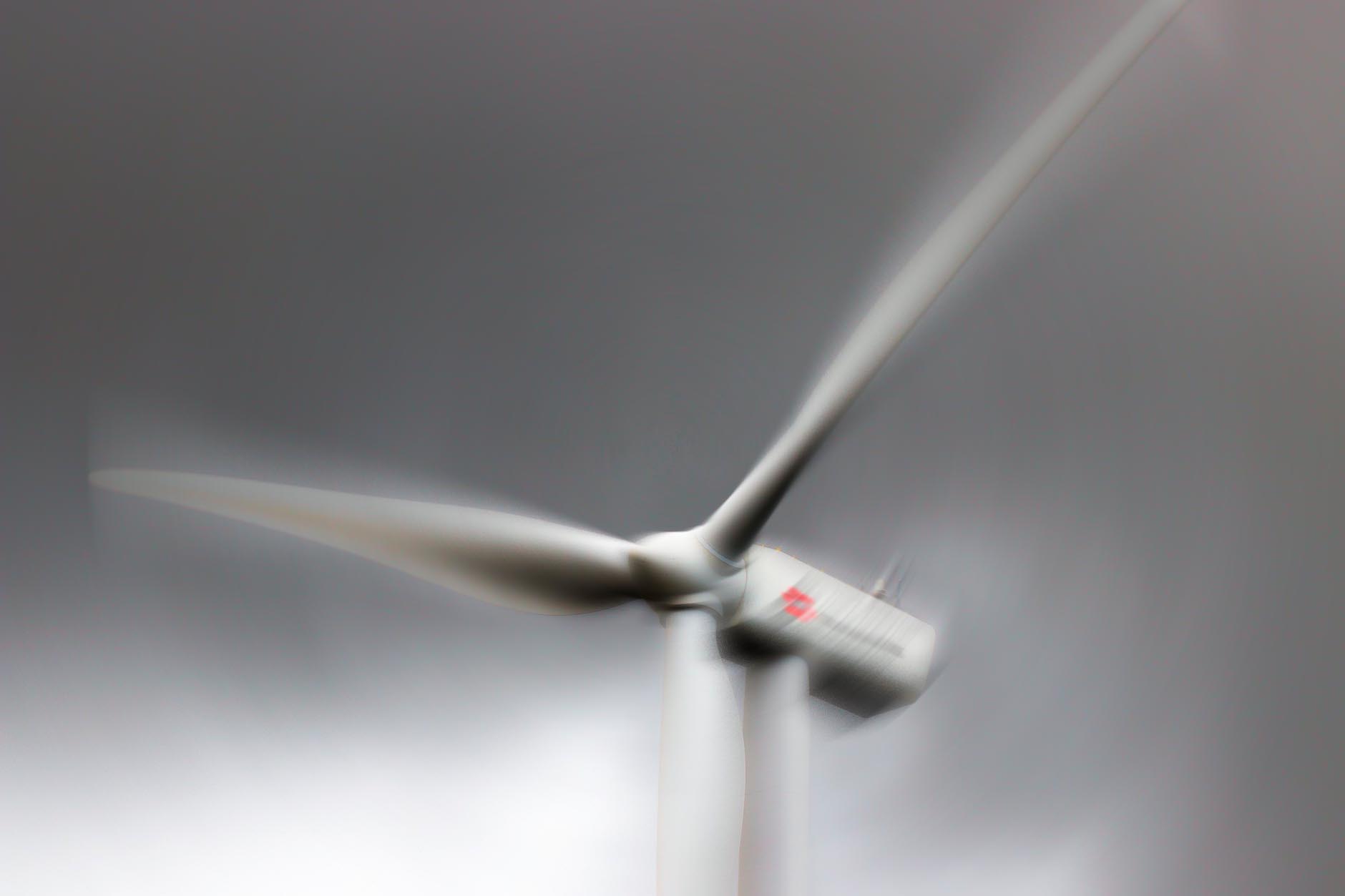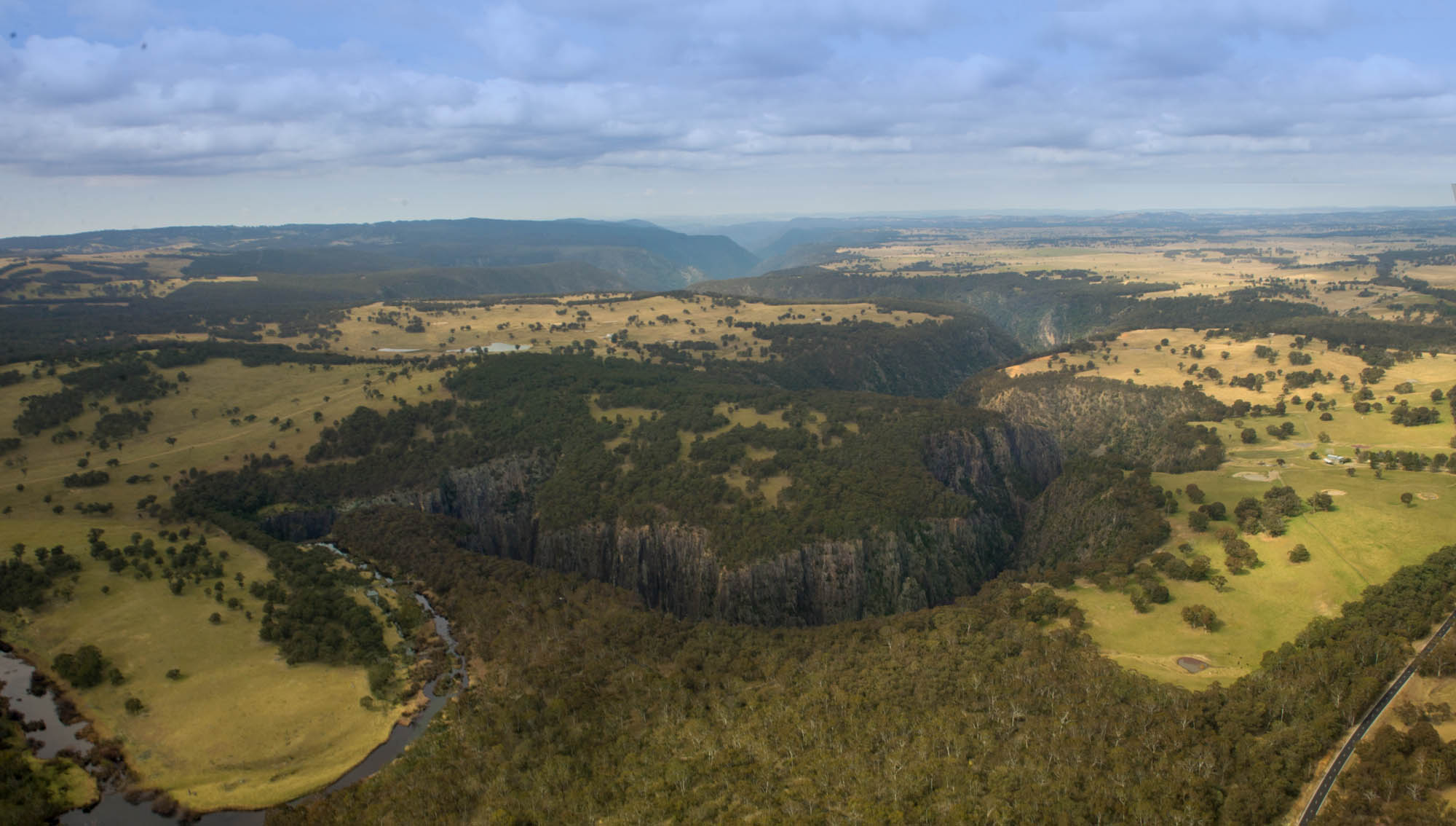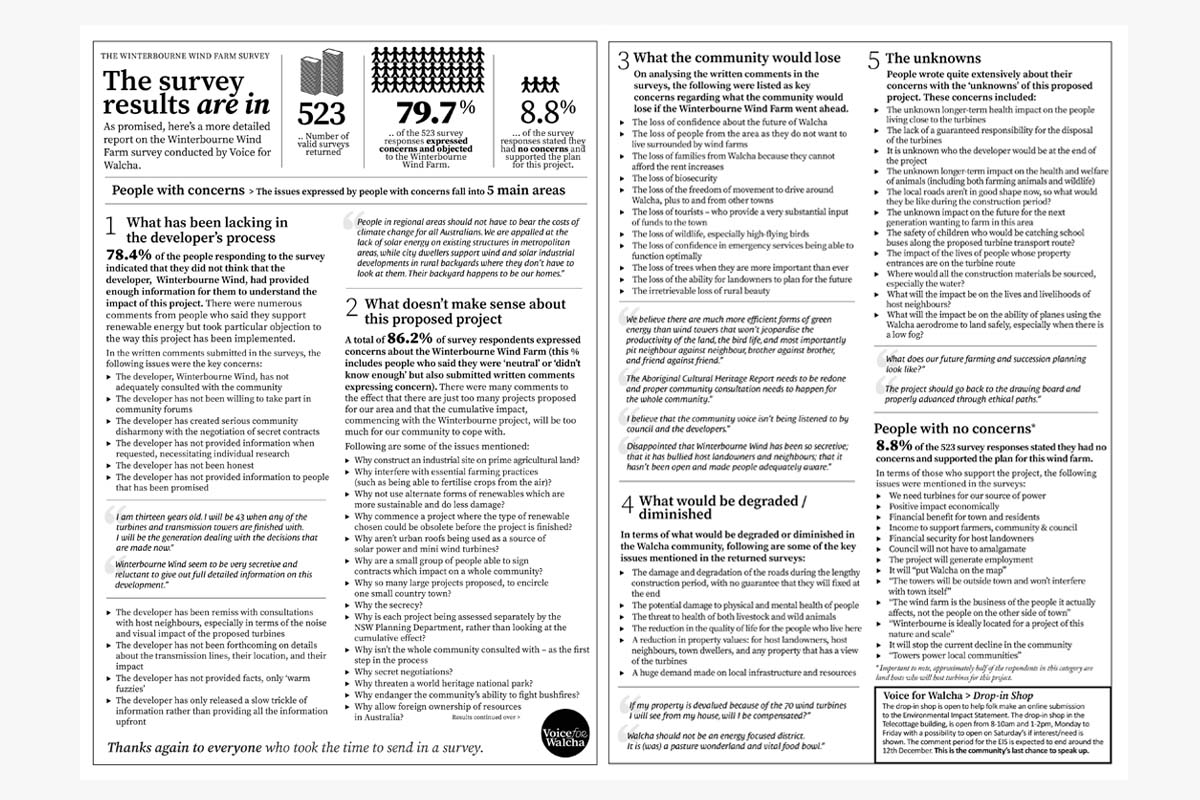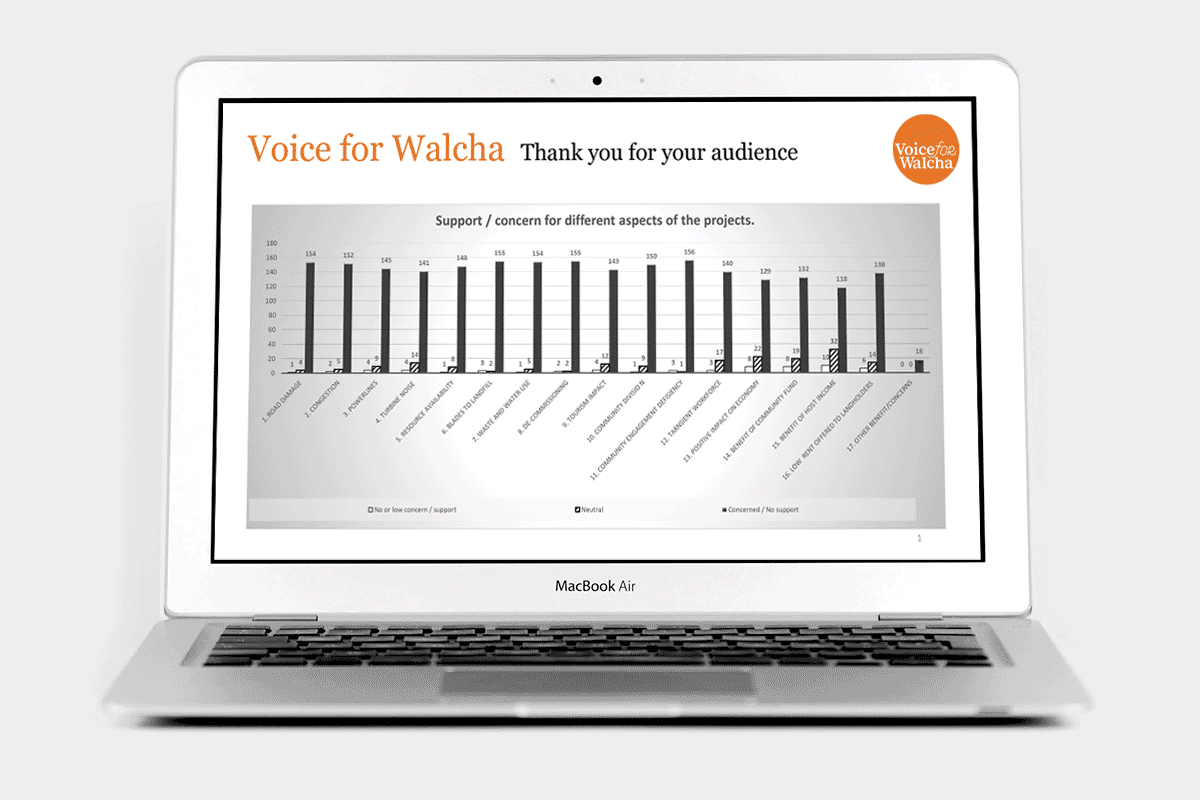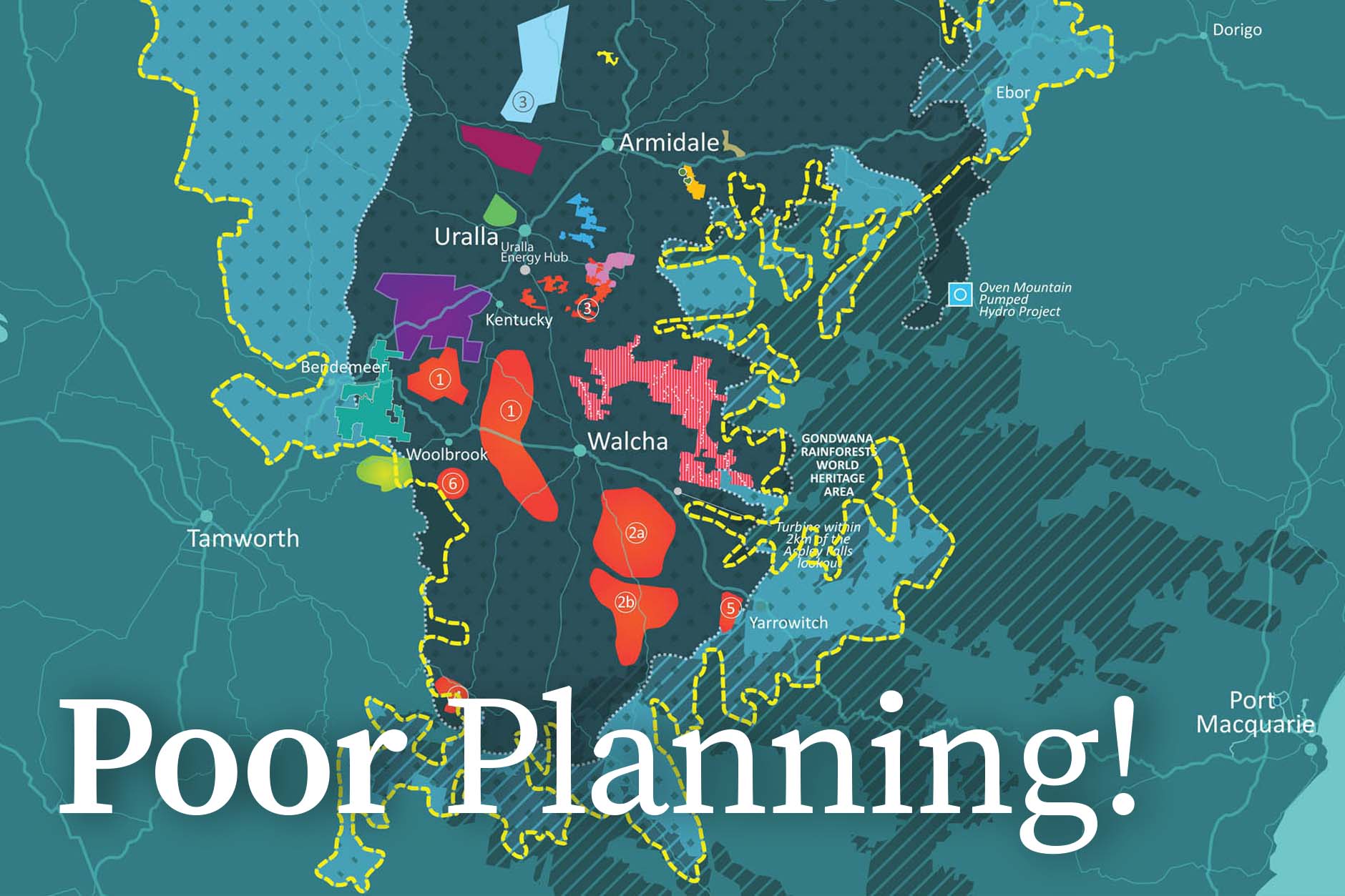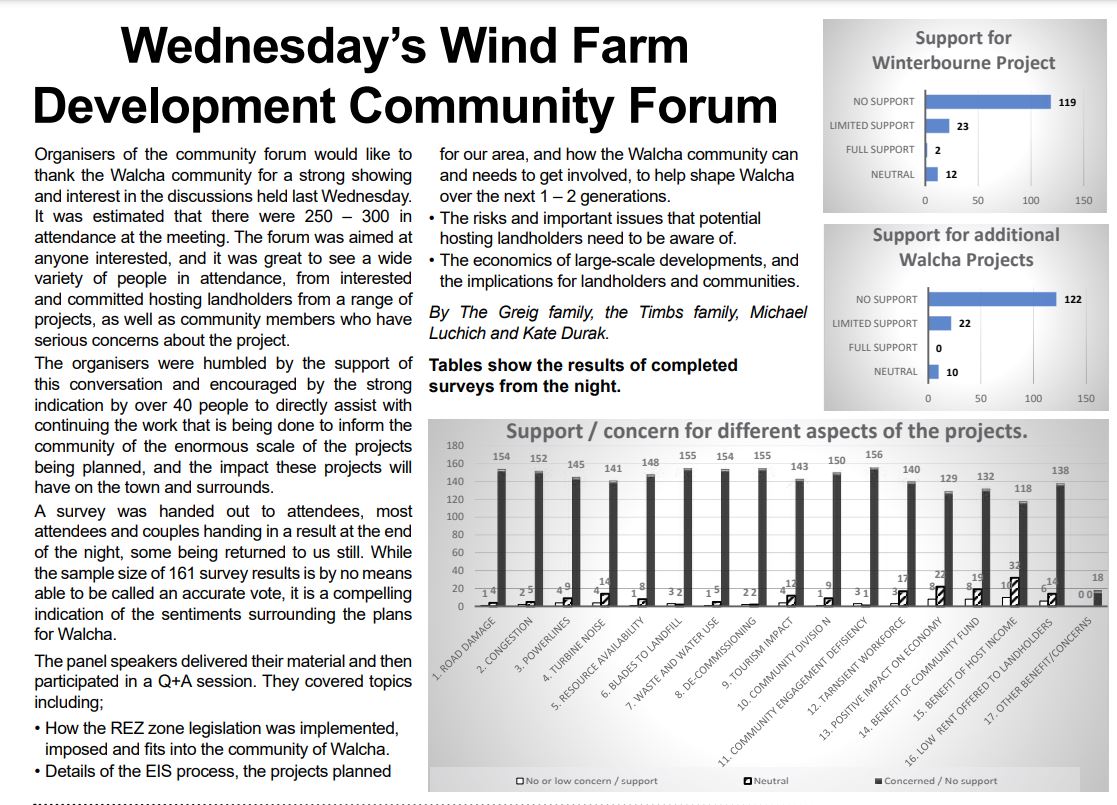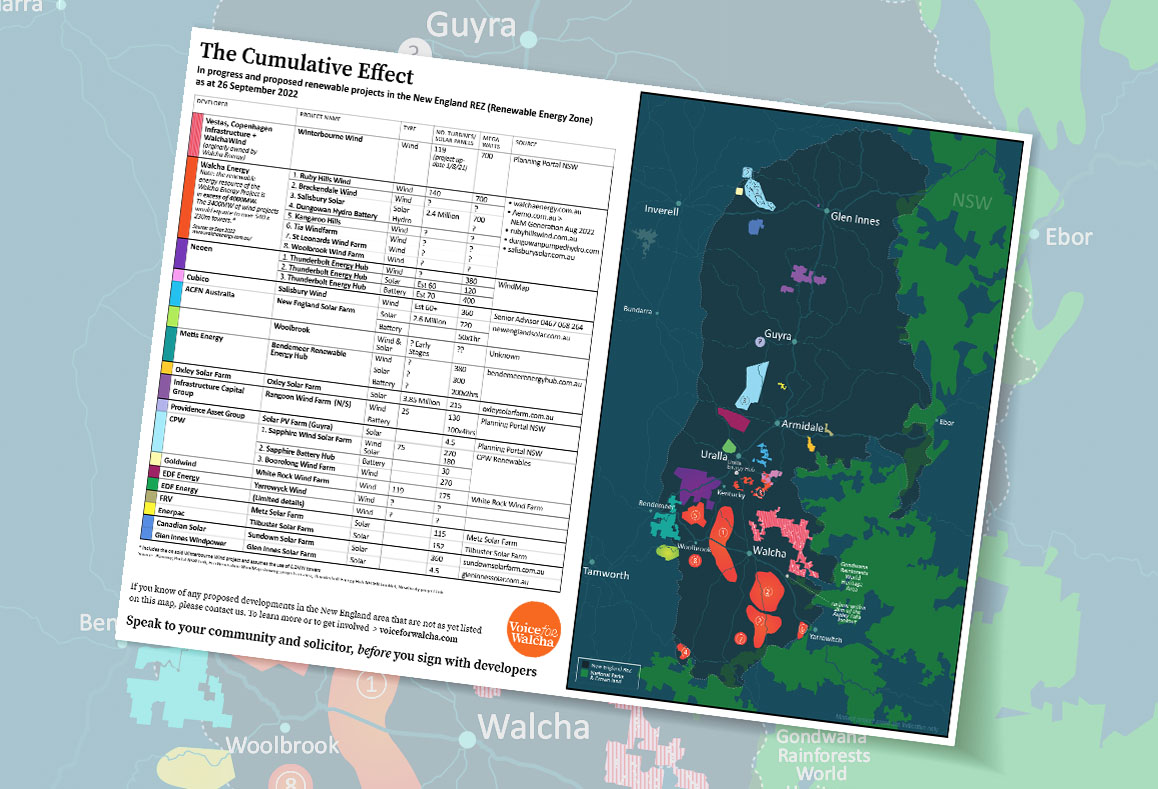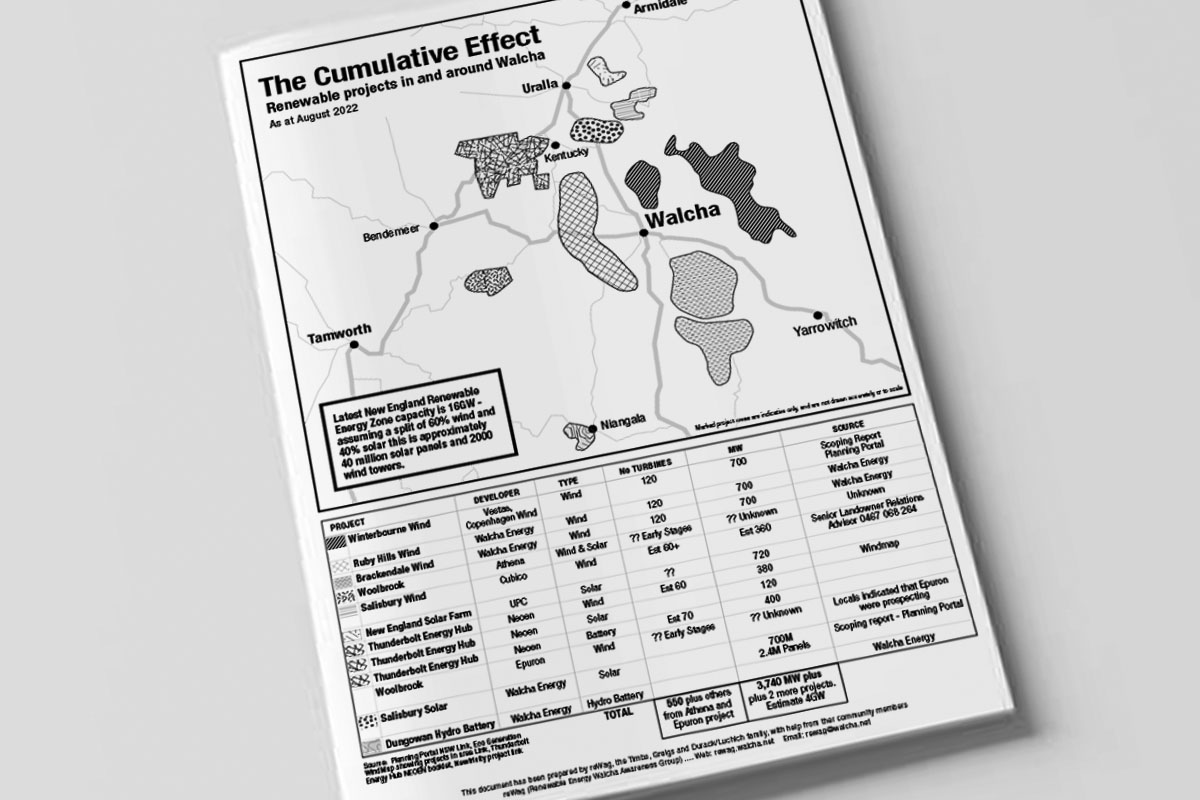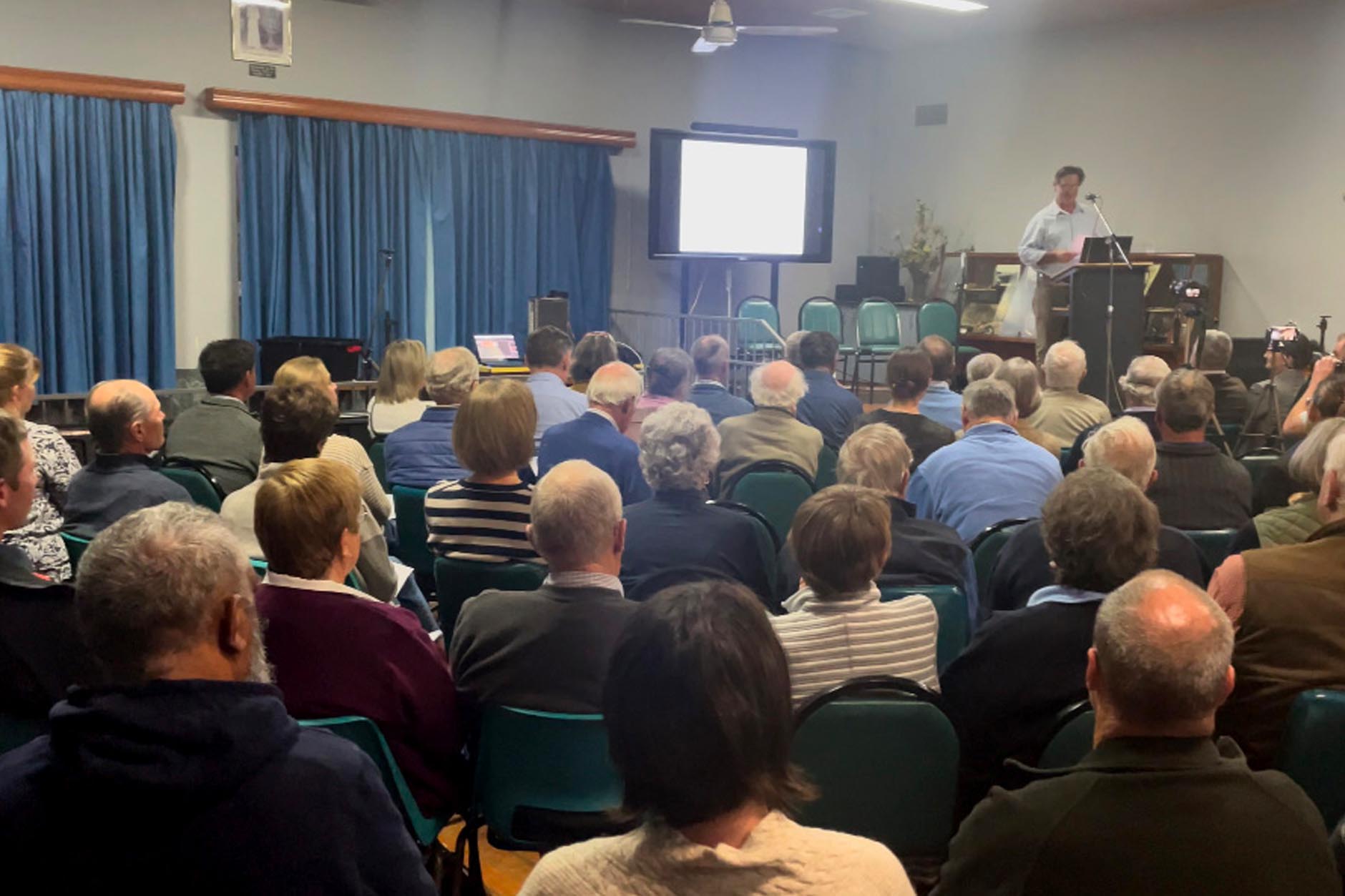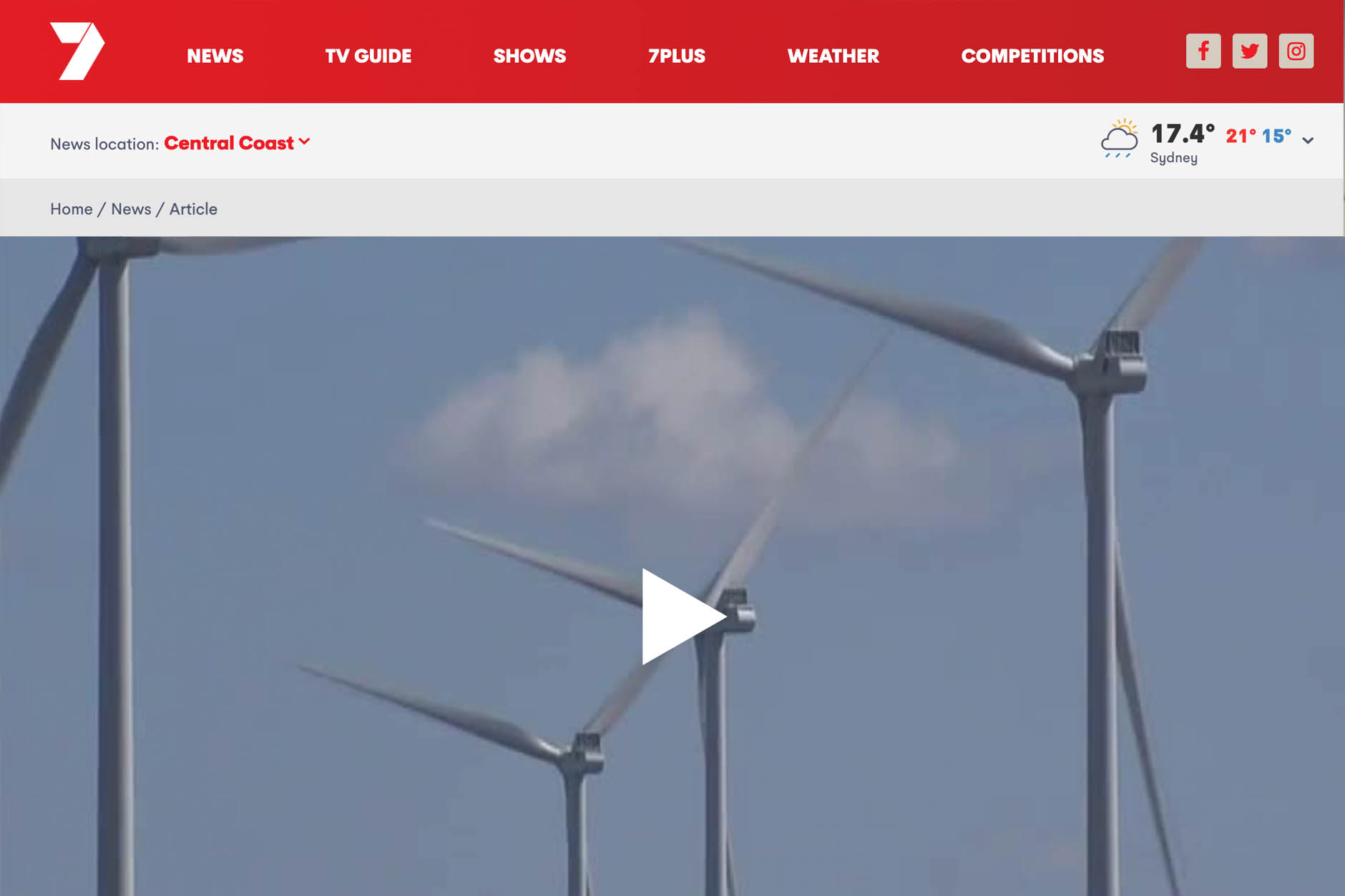John Heffernan
According to the Global Wind Energy Council, 2023 is proving to be an unequivocally important milestone for wind energy. The total amount of installed wind capacity world wide will exceed One Terawatt at the end of this year, if not before. That’s real cause for celebration, at least for those welded-on Windies among us.
But there’s another reason why 2023 will be a wind energy milestone. At the close of this year, “modern” wind technology will have been around for twenty five years or thereabouts, a time frame that basically aligns with the life cycle of a wind factory, taking into account manufacture, construction, maintenance and decommissioning. So for about two and a half decades we’ve been able to observe the performance of this often contentious technology. We’ve effectively reached a position where we can conduct serious evidence-based research about this technology as a sustainable source of renewable energy.
And that’s what’s been happening. Quality studies into industrial wind projects are emerging at last, providing information for developers, governments and communities to make better decisions about what the technology can do for us. (Or not, as the case may be.) Moreover, an increasing number of such studies are proving to be negative. Generally large-scale works, very professional, supported by fact-based data and often peer reviewed, they are beginning to make it crystal clear that wind energy is not all it’s cracked up to be. At the very least, they should not to be ignored. A brief summary of just one such study is below, an impressive work with real warnings for Australia.
The study, by Professor Hughes at the University of Edinburgh’s School of Economics, looks into actual capital and operating costs for the bulk of onshore and offshore wind farms built in the UK between 2002 and 2019. It totally debunks widespread claims that the past two decades have seen falls in the costs of wind energy. Based on over 350 wind farms – a far larger sample than any previous research – the study uses exacting statistical and econometric methods to produce a voluminous report of least 16,000 words plus supporting appendices, and then warns us with apposite Scottish brevity that: “The findings are complex but sobering.”
Hughes makes it clear that not only have costs of onshore and offshore wind generation not fallen significantly over the last two decades, but that there is little prospect of them doing so in the next five or even ten years. Indeed, far from falling, actual capital costs for new wind farms increased substantially from 2002 to 2015, and reports that costs for new offshore projects might fall by 2025 are “consistently unreliable and incomplete”.
The story for operating costs is gloomier, with very strong empirical evidence of a powerful rising trend in costs per MW of wind farm capacity. Onshore projects in the UK have seen an average yearly cost increase of 4.4%, while offshore wind farms increased by 5.5%, plus large hikes for working at depths of 10–30 metres or greater than 30 metres. Matters have been made worse by serious reliability problems with new generation turbines suffering rapid performance declines with age, creating a lethal mix of higher maintenance costs alongside much lower yields.
This has focused attention on the economic life of wind farms rather than physical life, seriously shaking confidence in the financial security of the wind energy game. Most wind turbines claim a physical life of 25-30 years, but almost all are actually being decommissioned before 25 years, and many before the age of 20. “This means that initial capital cost must be recovered over 15 or 20 years rather than 25 or 30 years”, creating a crisis whereby wind financiers will almost certainly need to be bailed out. The scale of that bailout will be large: “about £30 billion is at risk in the UK wind sector alone”, the study states, “with significantly more in Germany, the Netherlands and Denmark.” As I said, sobering, especially since this comes from a previous senior advisor on energy and environmental policy at the World Bank.
The facts spell it out. Wind is a highly capital-intensive energy source, has a short economic life due to high operating costs, doesn’t work in load-following mode, hides costs behind subsidies, contractual games and system integration charges, and now a great many of its whizz-bang new generation turbines manifest serious performance issues with premature ageing. As for Offshore projects, don’t even think about them; they’re a cauldron of nightmare scenarios. “The fundamental costs of wind generation”, Hughes states, “are rising over time and seem likely to continue to rise for years into the future. This has important implications for the role of wind energy in any politically and economically sustainable low-carbon agenda.” Give me a stiff whiskey, mate!
Australia should take on board this invaluable free lesson from the UK (and elsewhere), and begin thinking about more viable, and more desirable, sources of energy.


